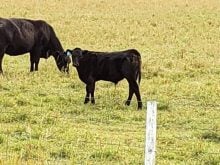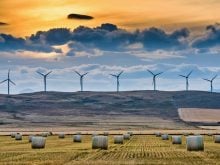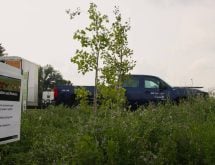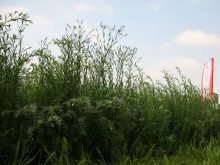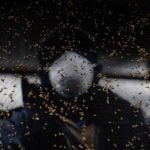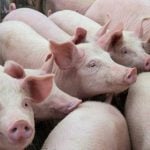Cyle and Erika Stewart say developing an efficient beef herd and managing pastures to optimize use of available forage during consecutive years of drought conditions has been the priority for their family-run ranching operation in southern Saskatchewan.
The Stewarts, who own and operate Pine Ranch along with Erika’s parents Bill and Terry Strande, say they’ve been learning about and applying the principles of sustainable production practices as much as they can in recent years, as they work to develop a more resilient ranching operation near Morse, about 40 minutes east of Swift Current.
Their ranch management skills and sustainable production practices earned them recognition earlier this year as Saskatchewan’s Outstanding Young Farmers for 2024.
Read Also

New high-performance forage training program to launch in 2026
A new Canadian Forage and Grasslands Asssociation high-performance forage program will be a resource for farmers, agronomists and others in the forage sector.
Erika grew up on the family ranching operation near Merritt, B.C., and she and Cyle married in 2011. For reasons that included getting away from growing urban pressures on their B.C. ranching operation, the Stewarts and Strandes sold and relocated, cattle and all, to Saskatchewan in 2017.
Their place at Morse includes about 18 quarter sections of deeded land with almost an equal amount of government lease land. They have about 800 acres of tame grass pasture and hayland on their home place, with 90 per cent of all deeded and leased pasture being native prairie grassland.
“It’s been a test of our management as we’ve had to deal with drought for the past seven years,” Cyle says.
Along with downsizing the beef herd to better match cattle numbers with forage production, they’ve implemented measures to help make efficient use of available resources.
They’ve paid particular attention to developing a more efficient beef herd, selecting genetics geared toward more moderate-sized, British-breed cattle that have been raised on a forage-based ration.
On the tame grass pastures on their home place, they use an adaptive multi-paddock (AMP) grazing system, which involves creating smaller paddocks to be used with high-density, short-duration grazing — in other words, using the grass but then allowing it time to regrow and recover.
“We are developing some cross-fencing on our native grass pastures as well,” Erika says. “It’s not as intensive as we use at home. By ‘smaller pastures,’ that still means they are three quarter-sections in size, but it still allows us to move cattle to different areas.”
The ranch is also expanding the summer pasture water system by installing about three miles of waterline and new portable troughs that will bring water to areas of tame grass pastures as well as parts of the native grass pastures.
“It is an ongoing project, but if we can improve the water supply on pasture, that helps with livestock distribution and overall improved grazing efficiency,” Erika says.
With cows bred for 50 days and replacement heifers for 42 days, the Pine Ranch herd begins calving in April before heading out to tame grass pasture later in May.
“Using the AMP system we keep them on tame grass as long as we can,” Cyle says. “It all depends on growing season moisture.”
The herd usually heads out to native grass in July and remains there until October.
The steer calves are pre-sold while on pasture usually in late July or August. “We have a good relationship with a local feedlot and can complete the sale with a phone call,” Cyle says. “The steers are sold in July, for delivery at weaning in October.”
As the Stewarts apply low-stress cattle handling practices, the ranch introduced a pre-weaning program a few years ago. The cow-calf pairs are brought in for vaccination booster shots in mid-September, then returned to pasture for another month.
Around mid-October the herd is brought home again for the steer calves to be weaned and shipped.
“With the pre-weaning program it is a little easier on the calves in that they’re not being processed and weaned on the same day,” Cyle says. “And with reduced stress they adapt to the feedlot easier.”
While the steers are shipped, the heifer calves will remain with the cows, probably through November or into December. The delayed weaning with the heifer calves is something new the ranch is trying, Cyle says.
“We want to leave the calves with the cows longer in the fall so they get more used to grazing, and the extra time may ease the calves into natural weaning, but we don’t want to leave them too long so that they begin to draw down cow condition,” he says. “We are trying to figure out the best timing.”
Once the heifers are weaned, the cows will remain on pastures with stockpiled forage, hopefully to December or January. As winter sets in, the cows move to bale grazing on pasture. The herd is split with mature cow-calf pairs in one group and second- and third-calf cows in another group.
The heifers are backgrounded over winter, with decisions on which heifers will be kept for replacements made in April. Those not making the cut become grass yearlings on pasture, usually sold in July.
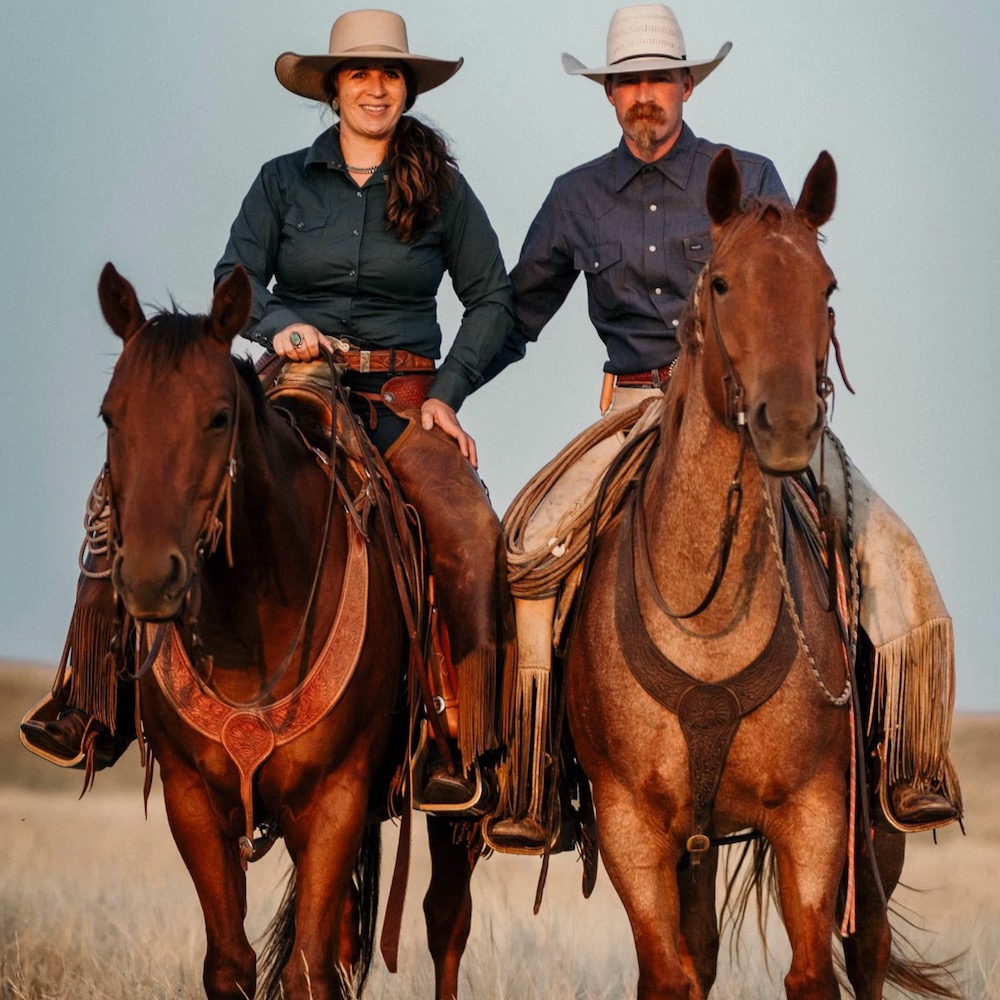
Cyle says the past five years have involved a lot of learning about ways to improve production practices.
“We have asked a lot of questions and received a lot of help from other people who have similar goals and practice a similar management style to ours,” he says. “We have been able to connect with a lot of people and form some great relationships. The Beef Cattle Research Council is also a great resource.”
“Looking forward, it is a matter of applying these sustainable production practices,” Erika says. “As we develop an efficient beef herd well suited to this environment, we are also doing a number of things that will hopefully work together to improve grazing efficiency, benefit forage production, and hopefully improve soil health.”





